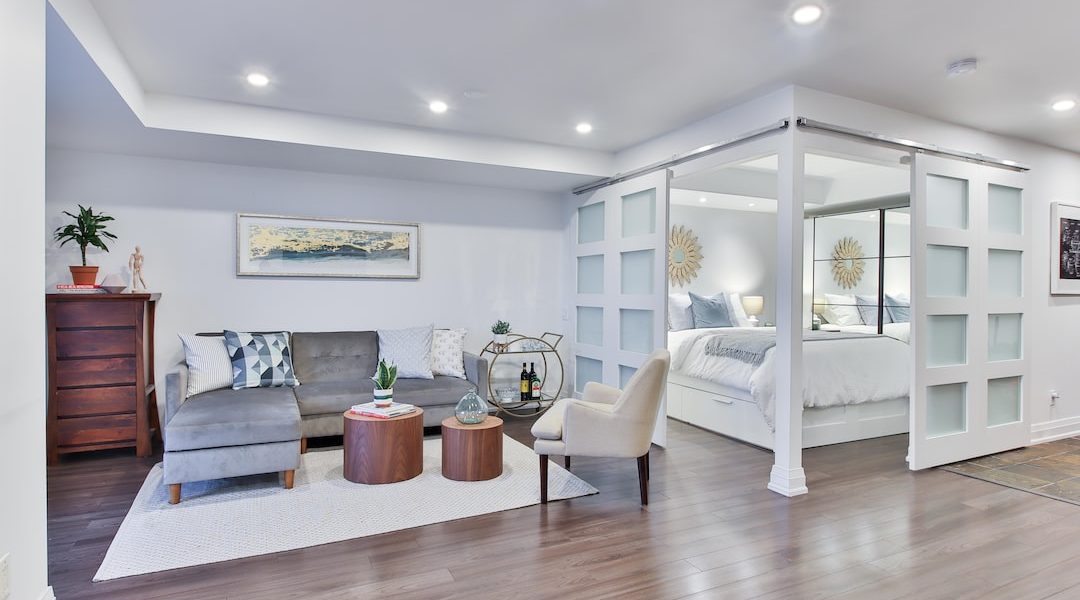
Light Up Your Living Room: Tips and Tricks for Perfecting Your Lighting Design
Lighting plays a crucial role in the overall design and functionality of a living room. It has the power to transform the mood and ambiance of a space, making it warm and inviting or cool and energizing. In this article, we will explore the importance of lighting in a living room and provide tips and ideas for creating the perfect lighting scheme. From understanding the different types of lighting to choosing the right fixtures and bulbs, we will cover everything you need to know to create a well-lit and beautiful living room.
Key Takeaways
- Lighting is an important aspect of living room design that can greatly impact the ambiance and functionality of the space.
- There are various types of lighting fixtures to consider, including overhead lights, table lamps, floor lamps, and wall sconces.
- Choosing the right bulbs is crucial for achieving the desired level of brightness and color temperature in your living room.
- Layering your lighting by combining different types of fixtures can create a more dynamic and visually appealing space.
- Creating a focal point with your lighting can draw attention to a specific area or object in your living room.
Understanding the Importance of Lighting in Your Living Room
The lighting in your living room can greatly impact its mood and functionality. A well-lit space can make it easier to perform tasks such as reading or working, while also creating a cozy and inviting atmosphere for relaxation and socializing. On the other hand, poor lighting can make a room feel dull, gloomy, or even uncomfortable.
There are three main types of lighting that should be considered when designing your living room: ambient, task, and accent lighting. Ambient lighting provides overall illumination for the room and is typically achieved through ceiling-mounted fixtures or recessed lights. Task lighting is focused on specific areas where activities such as reading or working take place, and can be provided by table lamps or floor lamps. Accent lighting is used to highlight specific objects or areas in the room, such as artwork or architectural features, and can be achieved with spotlights or track lighting.
Types of Lighting Fixtures to Consider for Your Living Room
When it comes to choosing lighting zauzous fixtures for your living room, there are numerous options to consider. Chandeliers are a popular choice for providing ambient lighting and adding a touch of elegance to the space. They come in a variety of styles and sizes, making it easy to find one that suits your personal taste and the size of your room.
Floor lamps are another versatile option that can provide both ambient and task lighting. They can be placed in corners or next to seating areas to provide additional light where needed. Table lamps are also a great choice for task lighting, as they can be placed on side tables or consoles to provide focused light for reading or other activities.
Choosing the Right Bulbs for Your Living Room Lighting
| Bulb Type | Wattage | Color Temperature | Lumens | Dimmable |
|---|---|---|---|---|
| LED | 9-12W | 2700-3000K | 800-1100lm | Yes |
| Halogen | 40-60W | 2800-3200K | 400-700lm | Yes |
| Fluorescent | 13-15W | 2700-3000K | 800-1100lm | No |
| Incandescent | 60-100W | 2700-3000K | 800-1600lm | Yes |
Choosing the right bulbs for your living room lighting is essential for achieving the desired ambiance and functionality. There are three main types of bulbs to consider: incandescent, LED, and CFL.
Incandescent bulbs are the traditional choice and provide a warm and soft light. However, they are not as energy-efficient as LED or CFL bulbs and have a shorter lifespan.
LED bulbs are highly energy-efficient and have a long lifespan. They are available in a range of color temperatures, from warm to cool, allowing you to create the desired ambiance in your living room.
CFL bulbs are also energy-efficient and have a longer lifespan than incandescent bulbs. However, they take some time to reach full brightness and may not be suitable for dimming.
When choosing bulbs for your living room fixtures, consider the purpose of the lighting and the desired ambiance. For example, warm white or soft white LED bulbs are ideal for creating a cozy and inviting atmosphere, while cool white or daylight LED bulbs are better suited for task lighting.
Layering Your Living Room Lighting for Maximum Impact
Layering lighting is an effective way to enhance the ambiance of your living room and create a visually appealing space. By combining different types of lighting, you can achieve a well-balanced and versatile lighting scheme.
Start by considering the different activities that take place in your living room and how lighting can support them. For example, if you enjoy reading in your living room, incorporate task lighting near your favorite reading spot. Combine this with ambient lighting to provide overall illumination for the room.
To create a layered lighting effect, use a combination of ceiling-mounted fixtures, floor lamps, table lamps, and wall sconces. This will allow you to adjust the lighting levels and create different moods in the room. For example, you can have bright and vibrant lighting for socializing or entertaining, and softer and more intimate lighting for relaxation.
Creating a Focal Point with Your Living Room Lighting

Lighting can be used to draw attention to a specific area or object in your living room, creating a focal point and adding visual interest to the space. This can be achieved through accent lighting, which is specifically designed to highlight artwork, architectural features, or other decorative elements.
To create a focal point with lighting, consider the placement of your fixtures and the direction of the light. For example, if you have a piece of artwork that you want to highlight, place a spotlight or track lighting above or below it to direct the light towards it. This will create a dramatic effect and draw attention to the artwork.
You can also use accent lighting to highlight architectural features such as a fireplace or a built-in bookshelf. By placing recessed lights or wall sconces near these features, you can create a sense of depth and dimension in the room.
Using Dimmers to Control the Ambiance of Your Living Room
Dimmers are a great addition to any living room lighting scheme as they allow you to control the brightness and ambiance of the space. They can be installed on wall switches or incorporated into lamps or fixtures.
The benefits of using dimmers in your living room are twofold. Firstly, they allow you to adjust the lighting levels according to your needs and preferences. For example, you can dim the lights for a cozy movie night or increase the brightness for a lively gathering.
Secondly, dimmers can help save energy and extend the lifespan of your bulbs. By reducing the brightness of your lights, you can lower your energy consumption and reduce your electricity bills. Additionally, dimming the lights can help reduce the heat emitted by the bulbs, which can prolong their lifespan.
Highlighting Artwork and Décor with Accent Lighting
Accent lighting is a great way to highlight artwork and décor in your living room, adding depth and visual interest to the space. There are several techniques you can use to effectively use accent lighting in your living room.
One option is to use picture lights, which are specifically designed to illuminate artwork. These lights are typically mounted on the wall or ceiling above the artwork and provide a focused beam of light that highlights the piece.
Another option is to use track lighting or recessed lights with adjustable heads. These fixtures can be positioned to direct light towards specific objects or areas in the room, allowing you to highlight artwork or decorative elements.
When using accent lighting, it’s important to consider the color temperature of the bulbs. Warm white or soft white bulbs are generally recommended for creating a cozy and inviting atmosphere, while cool white or daylight bulbs are better suited for highlighting artwork and décor.
Incorporating Natural Light into Your Living Room Design
Natural light is a valuable asset in any living room design, as it can create a sense of openness and connection with the outdoors. It also provides a natural and flattering light that can enhance the colors and textures in the room.
To maximize natural light in your living room, consider the placement of windows and doors. If possible, choose large windows that allow plenty of natural light to enter the space. You can also consider adding skylights or glass doors to bring in even more natural light.
To make the most of natural light, avoid blocking windows with heavy curtains or furniture. Instead, opt for sheer curtains or blinds that allow light to filter through while still providing privacy when needed.
Tips for Properly Positioning Your Living Room Lighting Fixtures
Properly positioning your lighting fixtures is essential for achieving optimal functionality and aesthetics in your living room. Here are some tips to consider when positioning your fixtures:
– Ceiling-mounted fixtures should be placed in the center of the room to provide even illumination. If your living room is large, consider using multiple fixtures to ensure adequate lighting throughout the space.
– Floor lamps and table lamps should be placed near seating areas or in corners to provide task lighting where needed. Make sure they are positioned at a height that allows the light to reach the desired area without causing glare.
– Wall sconces can be used to provide ambient or accent lighting. They should be placed at eye level or slightly above to create a flattering and even light.
– When positioning accent lighting, consider the angle and direction of the light. Experiment with different positions to find the most flattering and dramatic effect.
Maintaining Your Living Room Lighting for Optimal Performance
To ensure that your living room lighting performs optimally, it’s important to regularly maintain and clean your fixtures. Here are some tips for maintaining your lighting:
– Dust your fixtures regularly to prevent dust buildup, which can reduce the brightness of the bulbs.
– Clean glass shades and covers with a soft cloth and mild soap or glass cleaner. Avoid using abrasive cleaners or rough materials that can scratch the surface.
– Replace bulbs as soon as they burn out to maintain consistent lighting levels in your living room.
– Inspect your fixtures regularly for any signs of damage or wear. If you notice any issues, such as loose wires or flickering lights, contact a professional electrician for repairs.
In conclusion, lighting plays a crucial role in the design and functionality of a living room. By understanding the different types of lighting, choosing the right fixtures and bulbs, and implementing effective techniques such as layering and accent lighting, you can create a well-lit and beautiful living room. Remember to consider the purpose of the lighting and the desired ambiance, and regularly maintain and clean your fixtures for optimal performance. With these tips and ideas, you can transform your living room into a warm and inviting space that is both functional and visually appealing.
You may also like
Written by Kyle
Hot Posts
- 10 Stunning Bedroom Design Ideas to Transform Your Sleep Space
- 5Funky Kitchen Gadgets to Keep Your Home Cooking Delicious
- A Home Garden For All Seasons
- Add Warmth and Style to Your Home with a Wooden Pendant Lamp
- Adding Drama to Your Decor With a Pendant XL Light
- Adorable Table Lamp for Kids’ Room
- Affordable Solar Garden Lights: A Smart Purchase
- Antique Table Lamps & Lighting at Auction
Category Guide
Schedule
- December 2025
- November 2025
- October 2025
- August 2025
- July 2025
- June 2025
- May 2025
- April 2025
- March 2025
- February 2025
- January 2025
- December 2024
- November 2024
- October 2024
- September 2024
- August 2024
- July 2024
- June 2024
- May 2024
- April 2024
- March 2024
- February 2024
- January 2024
- December 2023
- August 2023
- July 2023
- June 2023
- May 2023
- April 2023
- March 2023
- February 2023
- December 2022
- November 2022
- October 2022
- September 2022
- July 2022
- March 2021
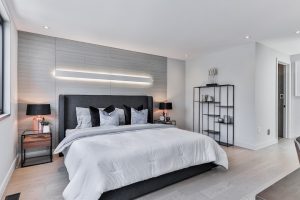

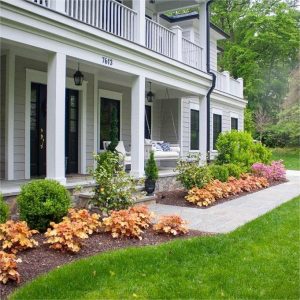
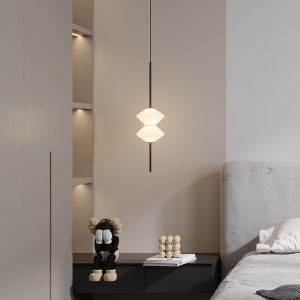

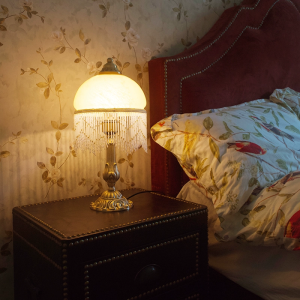
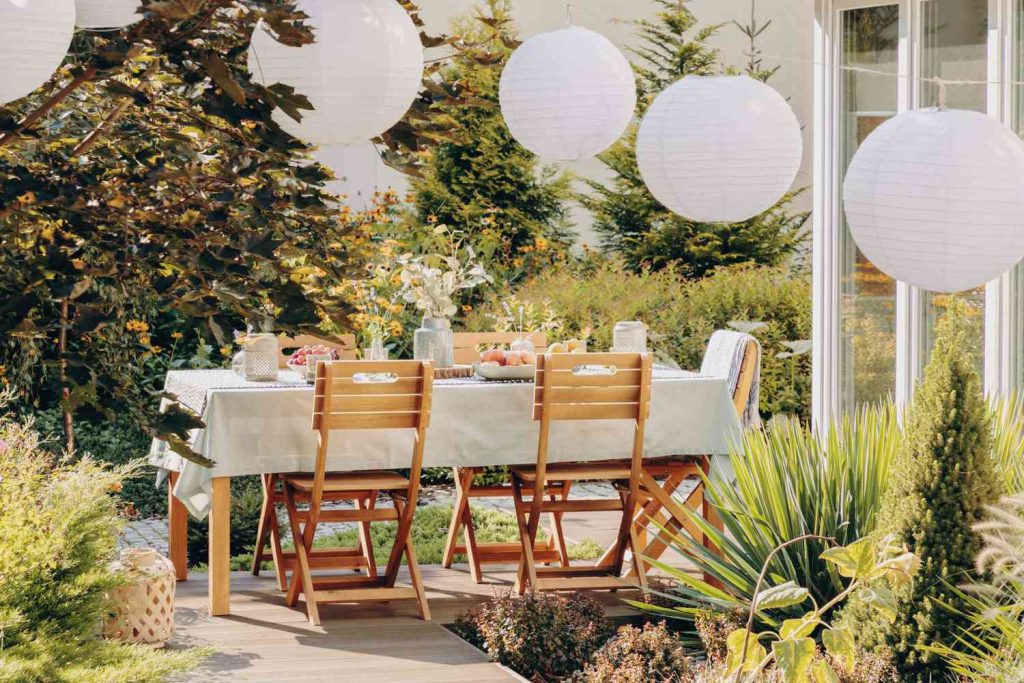

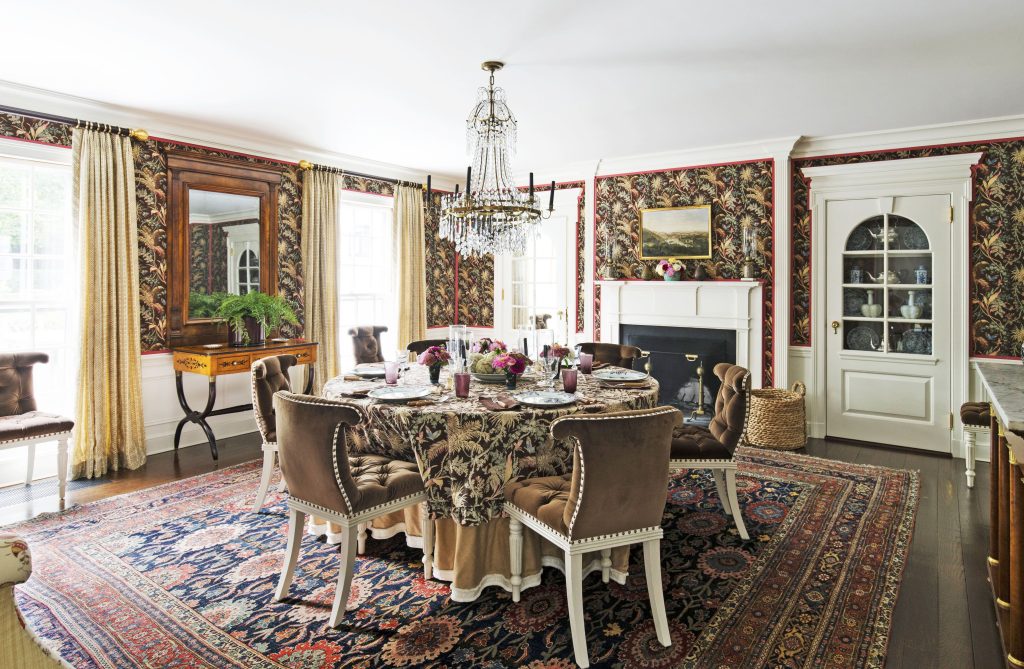


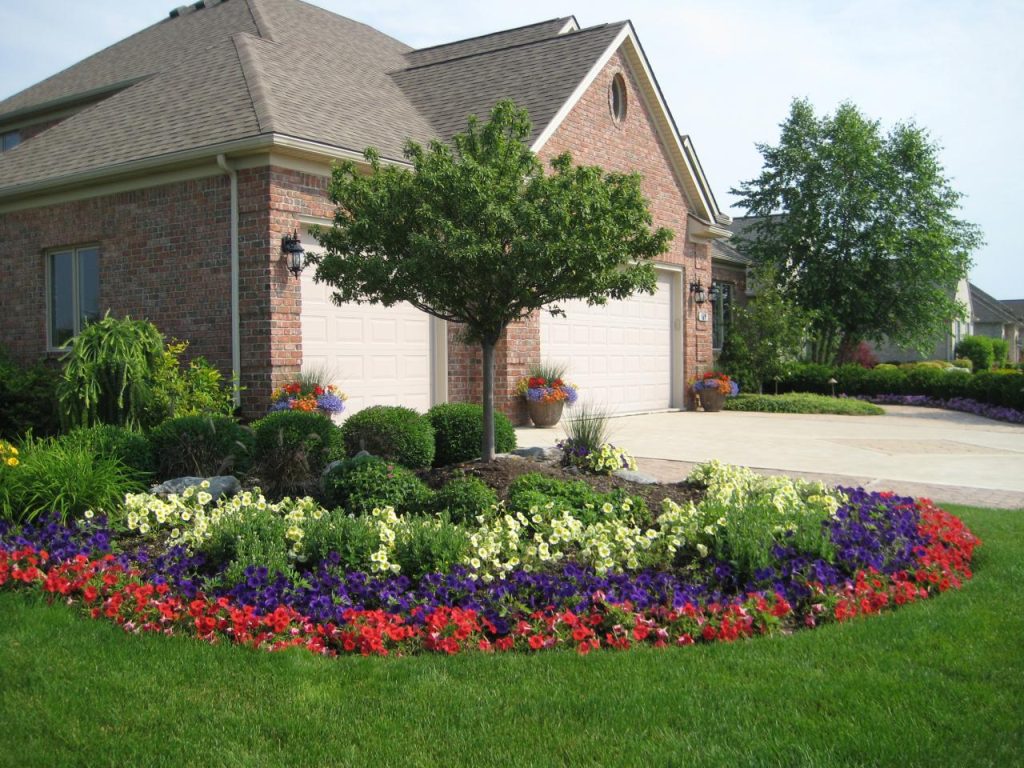
Leave a Reply